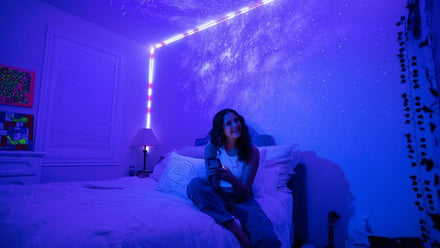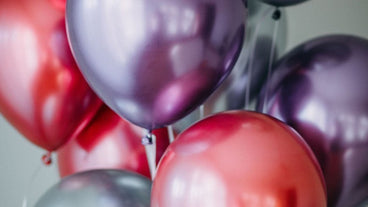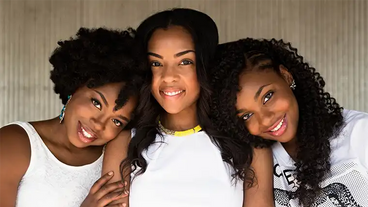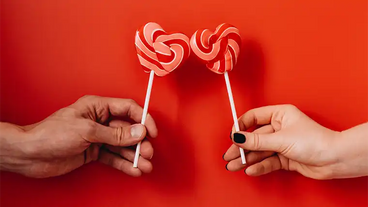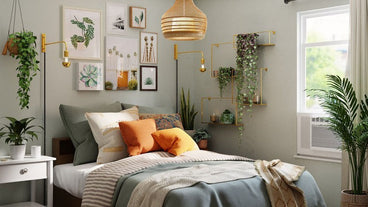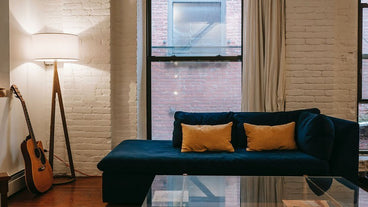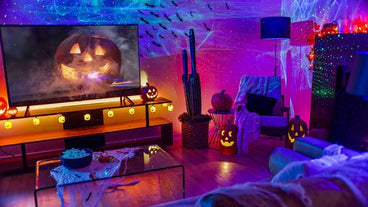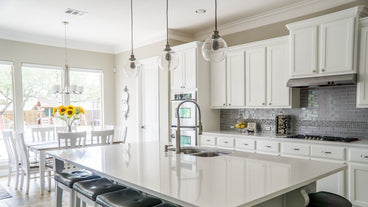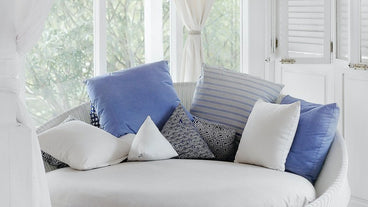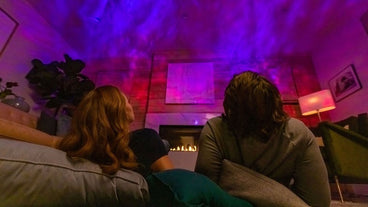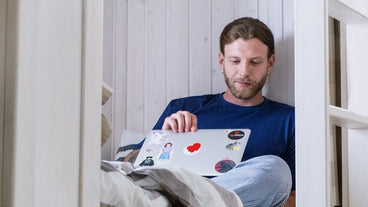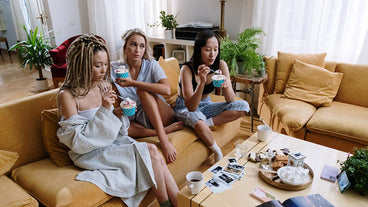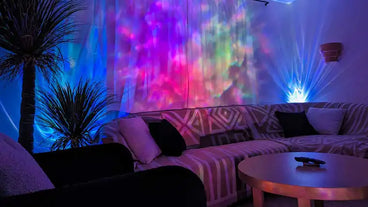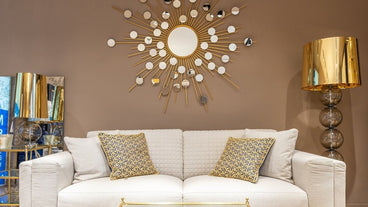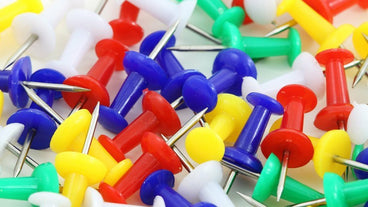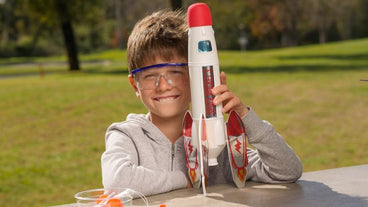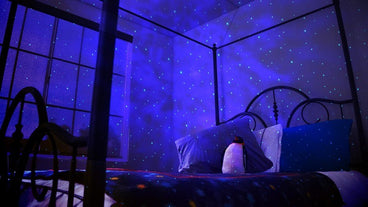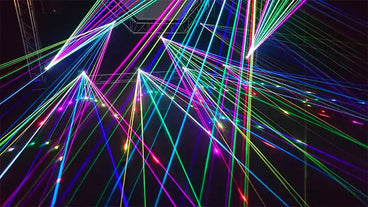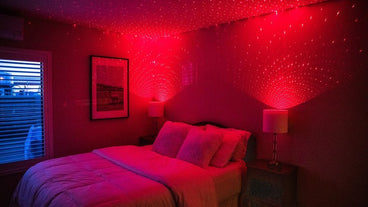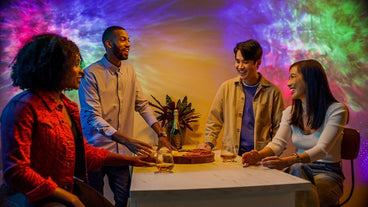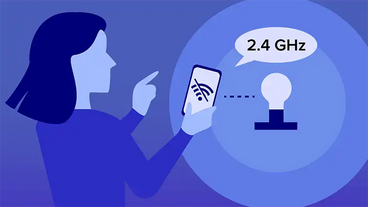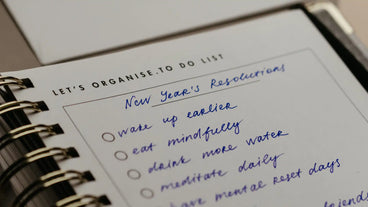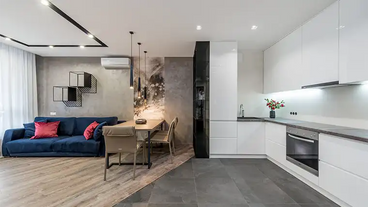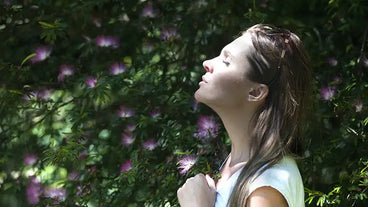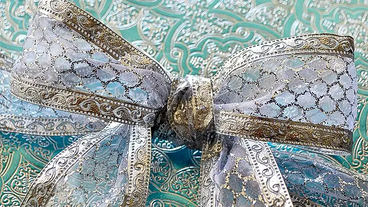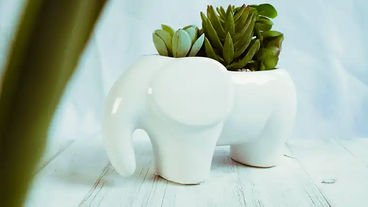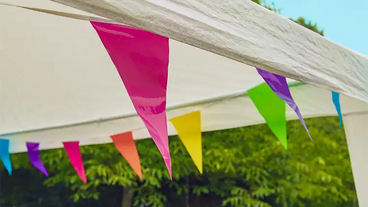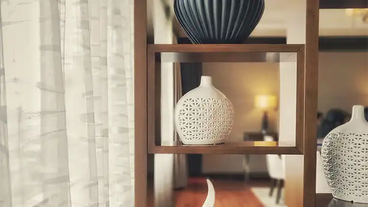Think back to the last time you were in a room not lit in ordinary whites or off-yellows. If you felt different than usual, that’s because ordinary lighting colors impact your mood differently than lighting colors you might not see every day. Below, we’ll walk you through all the ways your lighting design affects how you feel and act.

How does light affect human behavior?
According to a 2019 study in the German scientific journal Somnologie (1), “rhythmic variations in ambient illumination impact behaviours such as rest during sleep and activity during wakefulness as well as their underlying biological processes.” The study also found that “the availability of artificial light...may increase the risk of developing circadian rhythm sleep–wake disorders” in some situations.
Also according to the study, lighting “can be used as an effective and noninvasive therapeutic option with little to no side effects, to improve sleep, mood and general well-being.” All this scientific talk is a long way of saying: Light greatly affects human behavior, sometimes for better and sometimes for worse. And not all lights have the same effects.
Eight ways that lighting can affect your mood
It’s not just behavior—lighting affects how you feel too. Here are eight ways that lighting affects your mood:
1. Heightened positive and negative emotions
A 2014 study in the Journal of Consumer Psychology (6) found that more intense lights can cause people to feel not just more intense positive emotions, but stronger negative emotions too. If you’ve ever wanted to leave a room that felt too bright, this study might tell you why, and it might also explain why you feel especially relaxed watching a movie in a nearly dark room.
2. Appetite fluctuations
According to a 2015 study in the scientific journal Appetite (7), blue light can sometimes suppress your appetite, though this effect may depend strongly on gender. The study found a correlation between blue light exposure and decreased appetite only in men – it found no such correlation for women.
However, a 2009 study in the Journal of Environmental Engineering (8) found exactly the opposite. That study came to no conclusions for men but showed that women’s appetites may decrease in blue and green light. If you’re interested in seeing how blue and green lights affect your appetite, we can help you get the right lighting here at BlissLights – a bit later on, we’ll discuss our blue and green lighting options (and some red ones too).
3. Better days and healthier lifestyles
We spend so much time in artificial lighting that it’s easy to overlook the power of natural light. If your daily work takes place somewhere with ample natural sunlight flowing through the windows, you’re more likely to sleep well and get a healthy amount of exercise – at least that’s what a 2014 study in the Journal of Clinical Sleep Medicine (9) reported. These results may stem from natural light’s ability to make you more productive (10).
4. Energy levels
Although natural light is associated with productivity, chances are that natural light isn’t your workspace’s primary light source. Fluorescent lights are common in large offices, and their effects on our mood show why it’s important to not conflate artificial bright light with natural bright light.
Despite its brightness, fluorescent work lighting (11) is associated with disruptions to the circadian rhythm, leading to lower energy levels throughout the day. Fluorescent light exposure may also lead to irritability, anxiety, and inability to focus. It’s not like any of these symptoms will help you feel more energetic – and they might not be the worst byproduct of fluorescent light exposure.

5. More (and stronger) headaches
We mentioned earlier that green light can help alleviate migraine symptoms, but some lights –especially fluorescent ones – can actually trigger migraines and other headaches. Photophobic (12) people are especially prone to light-induced headaches and migraines, but one out of every five people (13) who get migraines are not photophobic. The big takeaway here is that harsh lighting can be not just an eyesore, but a headache, too.
6. Improved mental health
While some artificial lights might give you headaches, direct natural sunlight exposure can improve your mental health. That’s because sun exposure stimulates your body’s vitamin D production, and a 2013 study in the British Journal of Psychology (14) found that people with high vitamin D levels are less likely to have depression.
You can also simulate natural light’s positive mental health effects by working or sitting near a light therapy box (15). The light this box emits resembles the color of natural light, and exposure to it is recommended for some people with seasonal affective disorder (SAD), sleep disorders, and other conditions.
7. Impacts on autistic people
If you or someone you know is on the autism spectrum, it’s important to understand how lighting can have a positive or negative impact on mood. Autistic people may be more sensitive to sensory stimulants (16), such as flickering lights.
Two scientific studies – one in 1976 (17) and one in 2009 (18) – found that autistic people may be especially sensitive to fluorescent lighting. On the other hand, blue light and other mellower hues (19) can help to calm autistic children. In fact, for World Autism Awareness Month, people are encouraged to “light it up blue” (20) – which you can easily do with a blue StarPort, one of our mellow lighting specialties here at BlissLights.

8. Easier relaxation
With the right colored lighting, you can let your worries temporarily subside. That’s why our Sky Lite Evolve Galaxy Projector is so popular: Reviewers regularly say that the nebulas, galaxies, and stars it projects in immersive blue and green hues are as beautiful as they are relaxing. A 2017 study in PLoS ONE (21) agrees: Blue light – another BlissLights specialty – can help to calm even the most stressed people.


Sky Lite Evolve: Smart Galaxy Projector
$49.99$39.99
The latest evolution in smart galaxy lighting.
Set the right mood with BlissLights
Whether you’re attempting to relax, fight migraines, or otherwise alter your mood, we here at BlissLights have the right lights for you. Our laser lights come in red, green, or blue (or some or all of these colors!), and since we use lasers instead of traditional lighting sources, our lights are especially strongly focused. Our laser use also enables us to create patterns, not just immersive single colors, for the ultimate mood lighting. Browse our laser light collection to get one step closer to feeling exactly how you want – call it a “big mood.”
Citations
You may also enjoy these...
Discover fun and unique lighting ideas on the BlissLights Lighting Blog!
